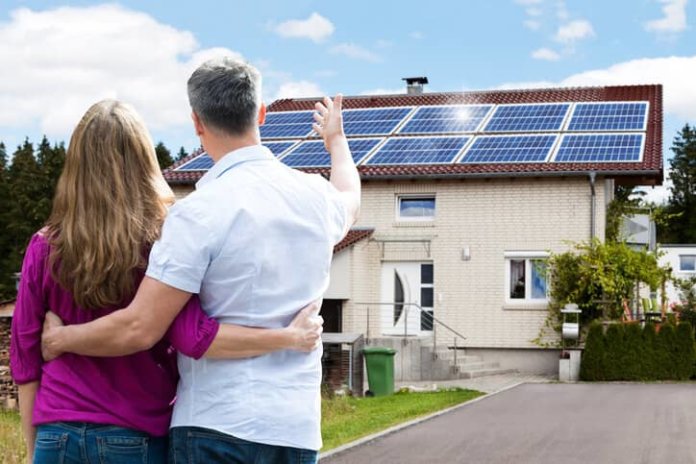Roughly every 90 seconds, somewhere in the U.S., a new customer is going solar, according to the Solar Energy Industries Association (SEIA). As the solar market rapidly expands, one of the top questions among both homeowners and homebuyers centers on how to best determine the value of a solar system on a residential property. As part of its nationwide consumer education campaign to inform and protect solar consumers, SEIA tackles that important question in a new guide released today aimed at helping consumers receive an accurate value estimate when buying or selling a home with solar.
SEIA says its new guide, How Owning a Solar System Impacts My Home Value: A Guide to Valuing Residential Solar Energy Systems, walks consumers through the various methodologies that professionals use to value a solar system and provides homeowners with tips along with a recommended valuation method.
“It’s critical both buyers and sellers go into a home sale well-educated, armed with the facts and figures needed to feel confident in their solar investment,” says Abigail Ross Hopper, SEIA’s president and CEO. “However, this guide shouldn’t just be a homeowner resource. With over 1.4 million residential solar systems in the U.S., this is a must-read for every stakeholder in the residential housing market, from mortgage brokers to realtors, across the country.”
In the guide, SEIA advises readers to focus on the projected income a solar system will generate for the owner over its expected lifetime. Citing a recent study by Sandia National Labs and Energy Sense Finance, SEIA says that approach is typically used to determine value in home appraisals in major solar markets.
The new guide will be periodically updated and complemented with additional tools as the U.S. market continues to grow and mature. It and other related consumer protection resources are available on SEIA’s website here.




